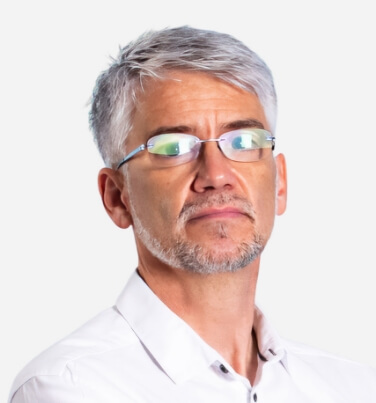
Giuliano Fragola during IDEA lectures
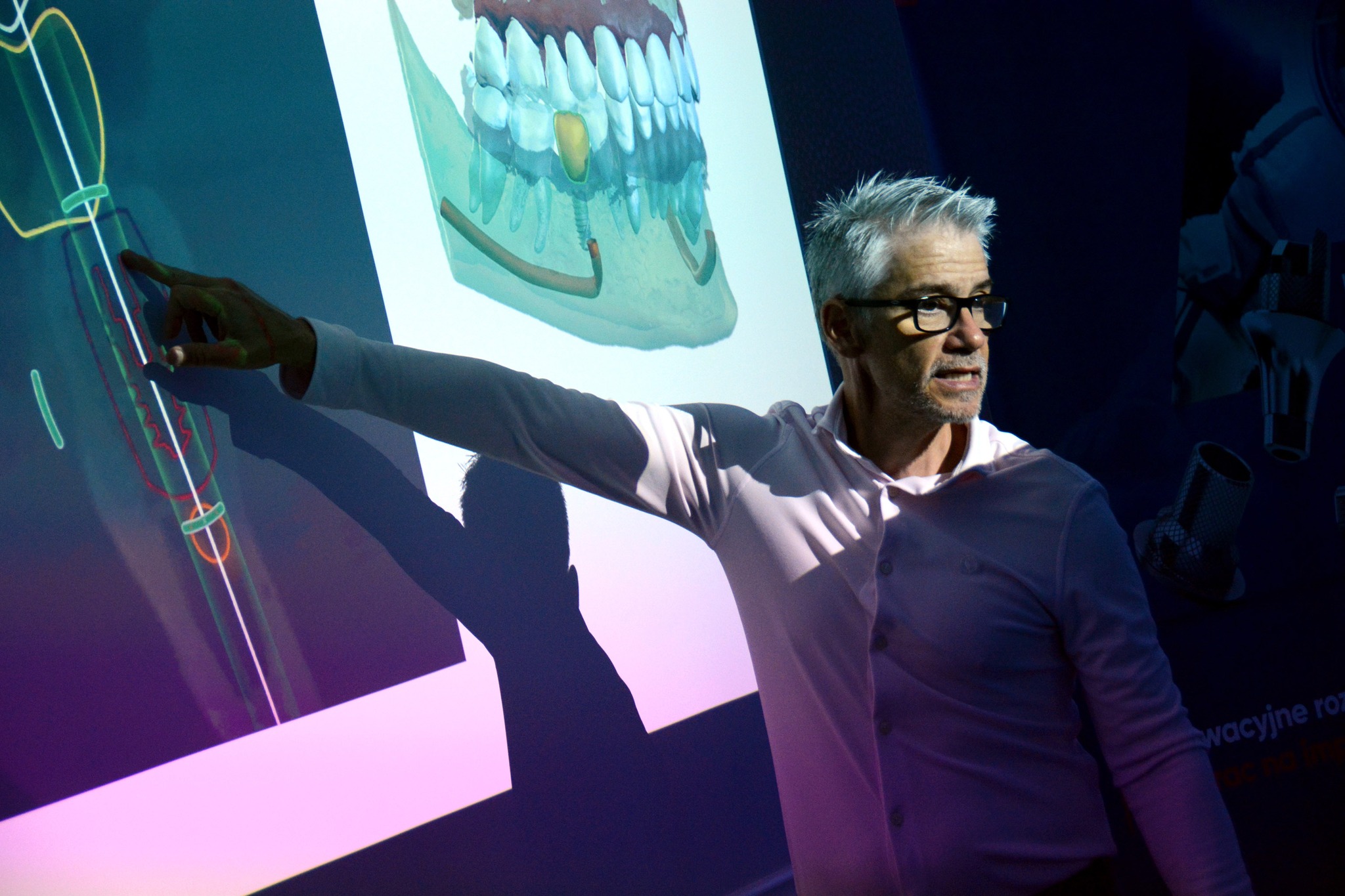
IDEA dental training
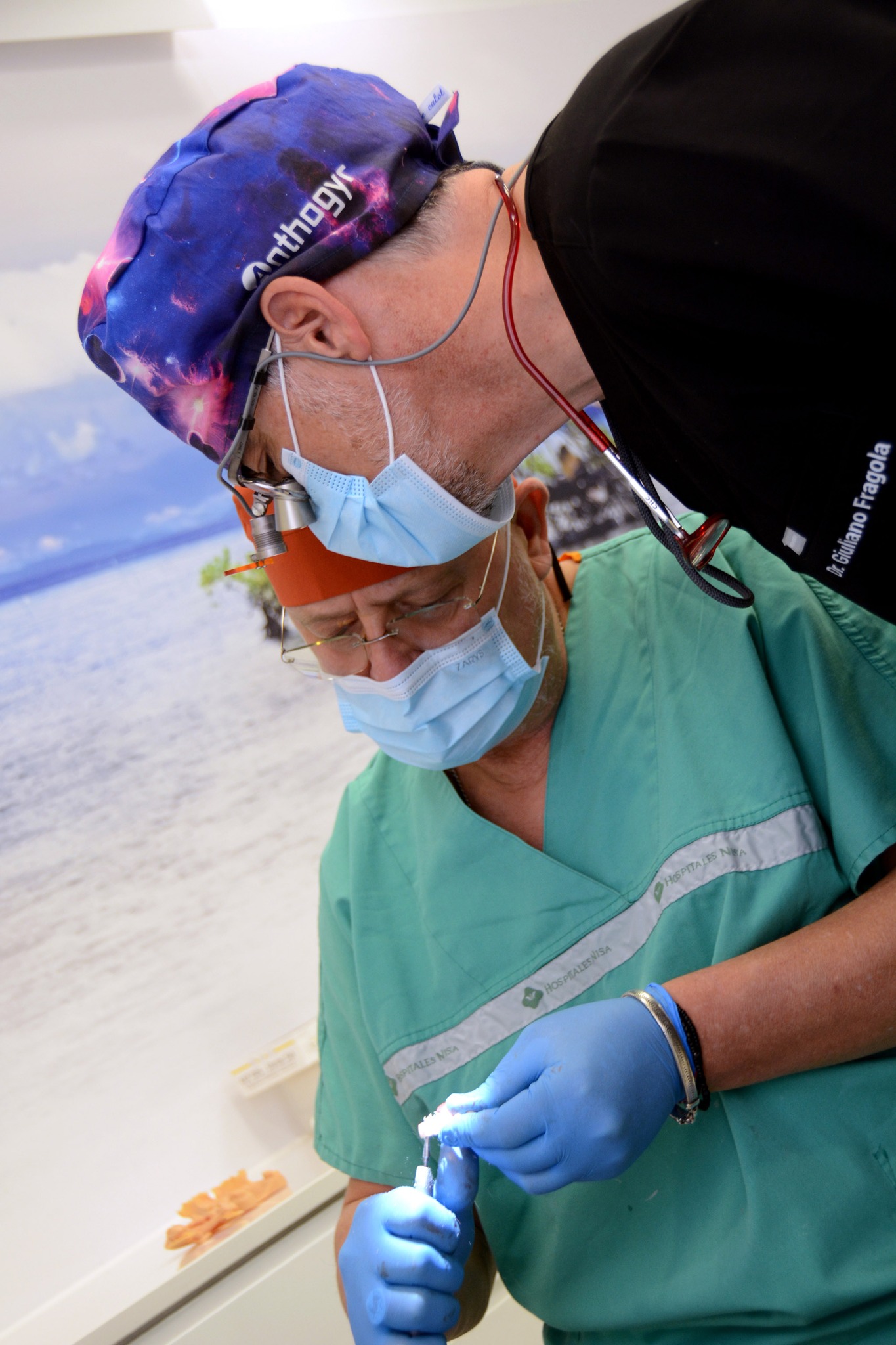
IDEA dental training

IDEA dental training
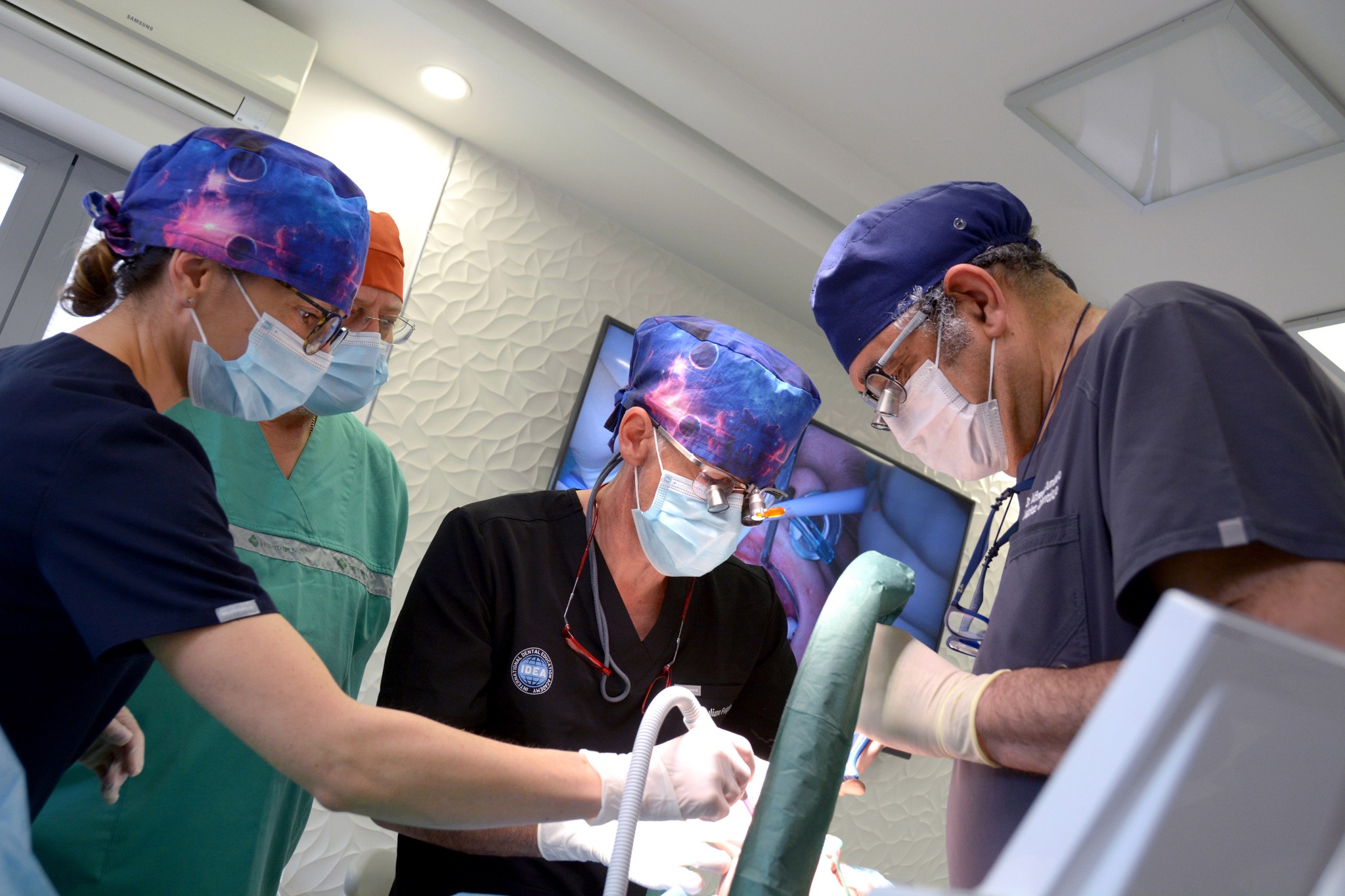
Dr Paweł Szuba-Paszkiewicz during IDEA training
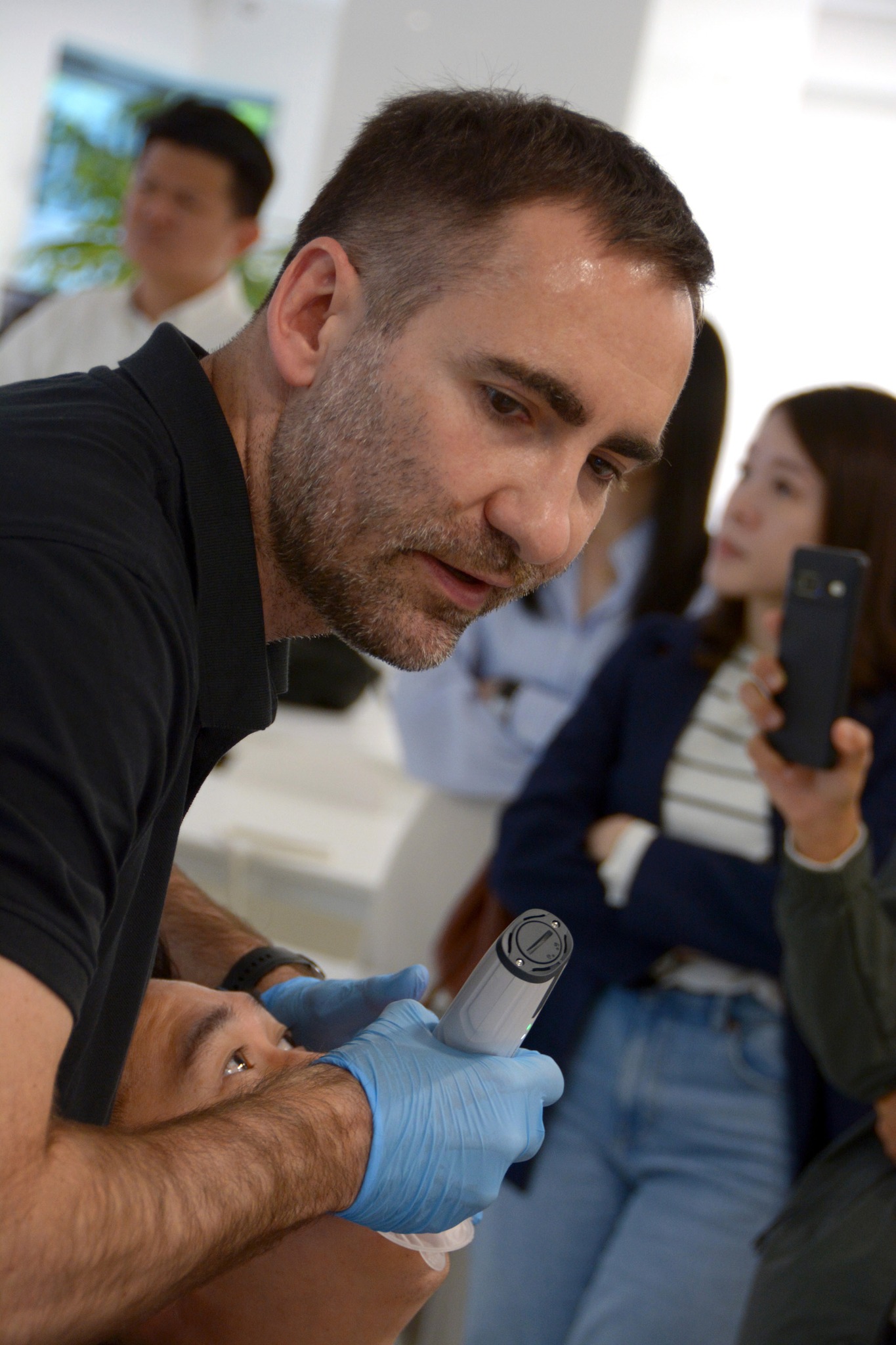
Dr Paweł Szuba-Paszkiewicz and Dr Giuliano Fragola during IDEA training
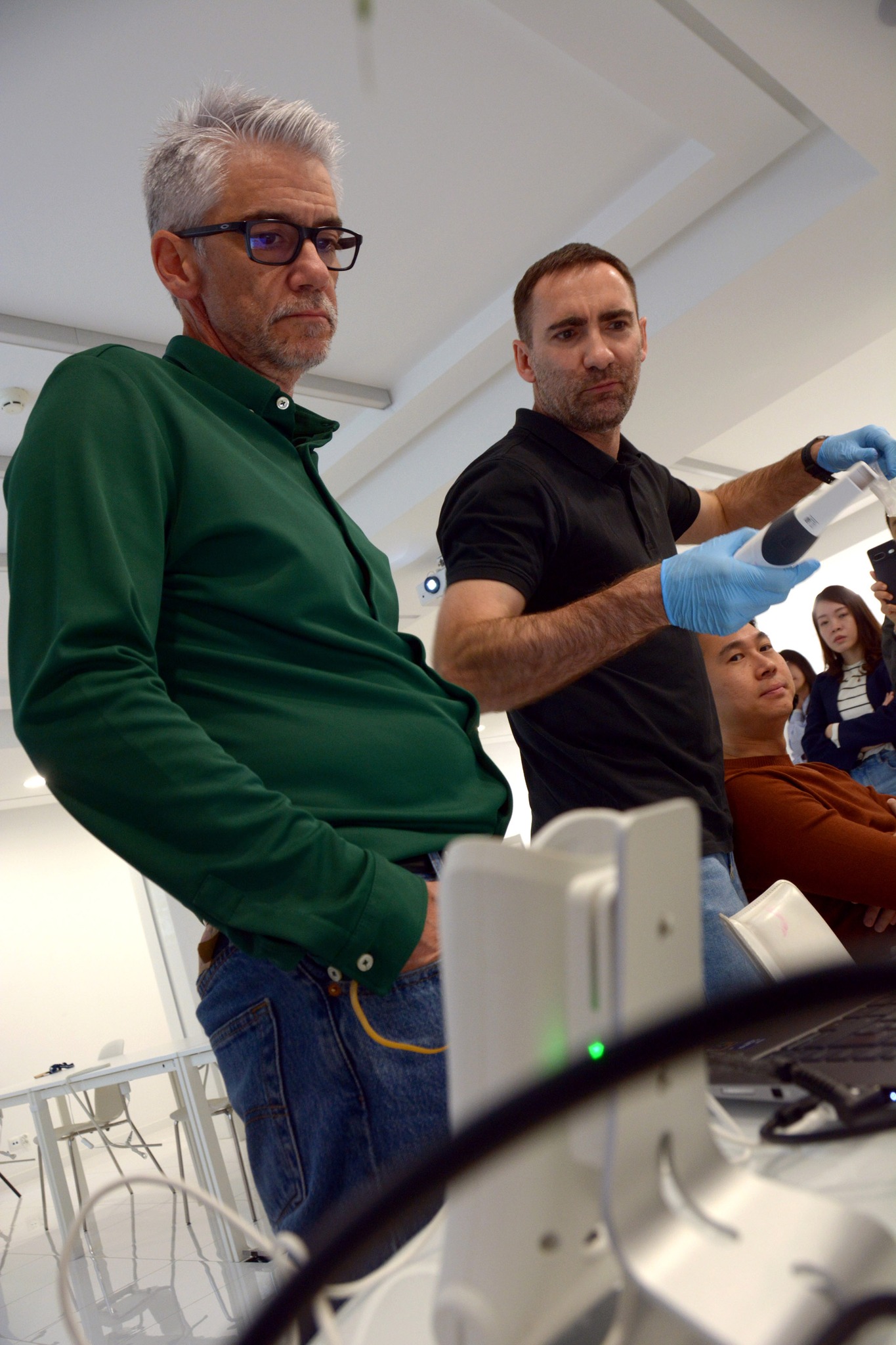
Dr Paweł Szuba-Paszkiewicz during IDEA training. In the background, the TV with the name of the course and two main lecturers (Dr Paweł Szuba-Paszkiewicz & Dr Giuliano Fragola) is visible.
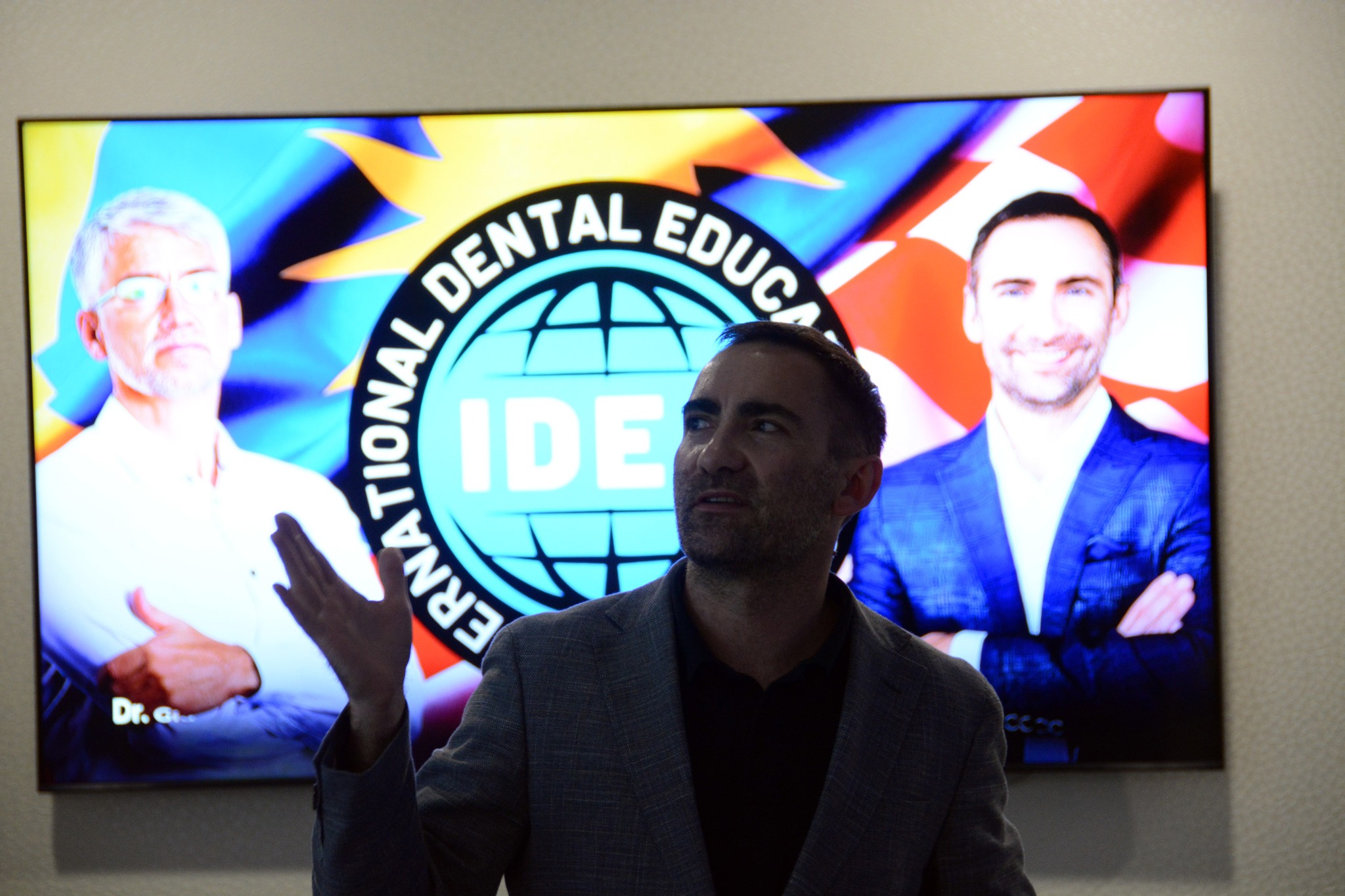
Dr Giuliano Fragola during IDEA lectures
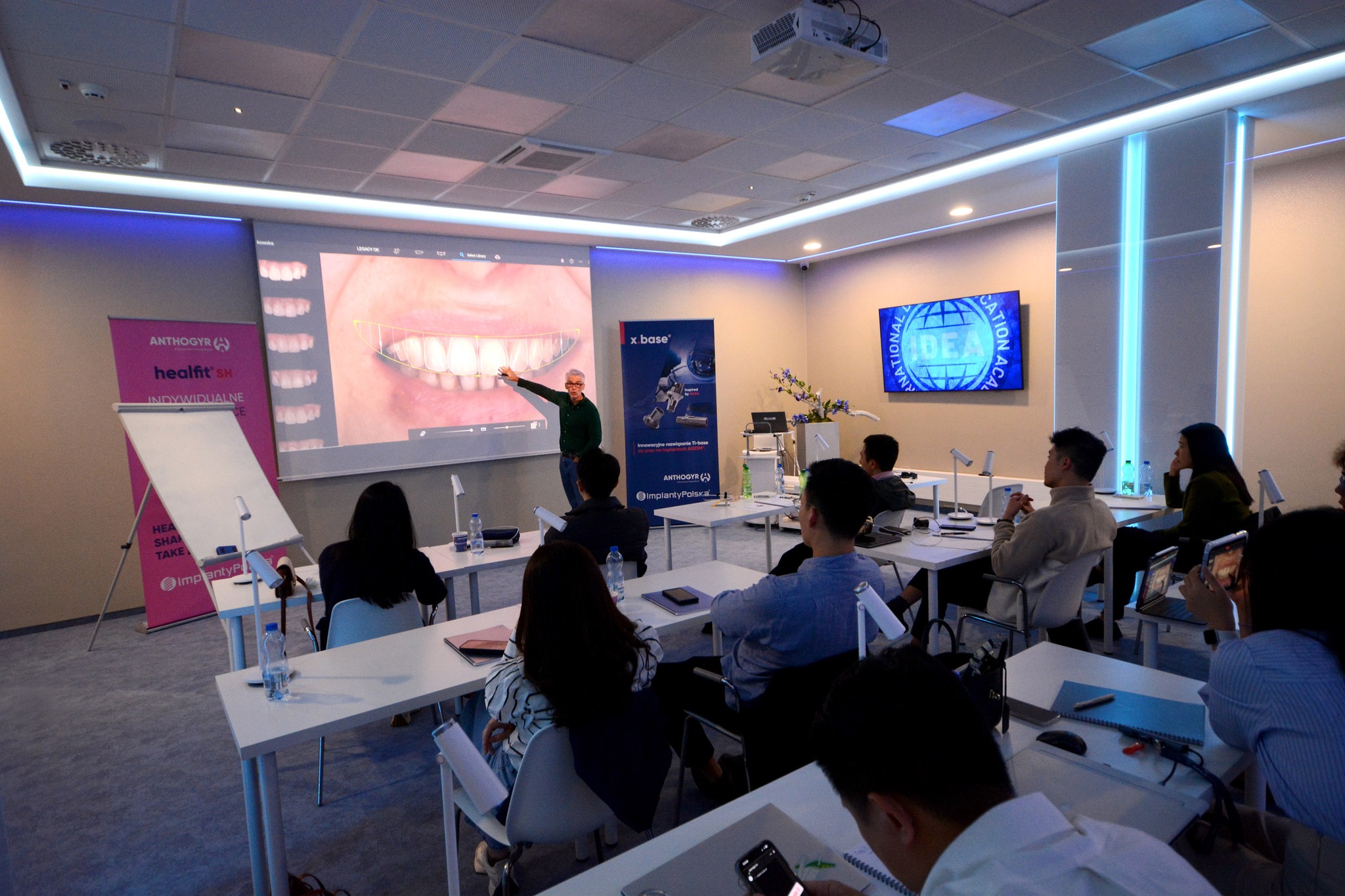

 Back
Back







